Filter News
Area of Research
News Topics
- 3-D Printing/Advanced Manufacturing (1)
- Artificial Intelligence (1)
- Big Data (1)
- Bioenergy (1)
- Biology (2)
- Biomedical (1)
- Computer Science (19)
- Coronavirus (1)
- Cybersecurity (5)
- Energy Storage (1)
- Exascale Computing (2)
- Frontier (4)
- Fusion (1)
- Grid (3)
- High-Performance Computing (6)
- Machine Learning (1)
- Materials (8)
- Materials Science (10)
- Microscopy (2)
- Nanotechnology (7)
- Neutron Science (5)
- Physics (4)
- Quantum Computing (24)
- Quantum Science (45)
- Security (3)
- Simulation (5)
- Summit (2)
Media Contacts
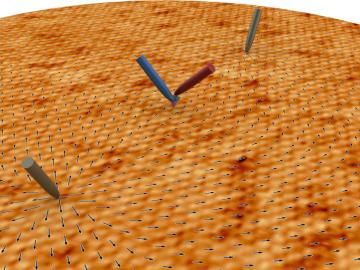
New method to detect spin current in quantum materials unlocks potential for alternative electronics
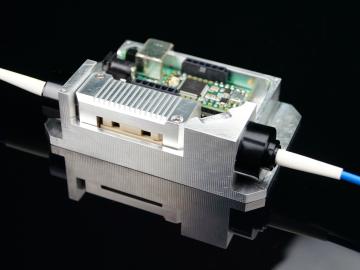
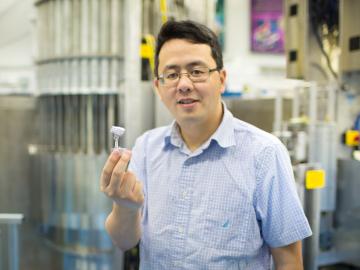
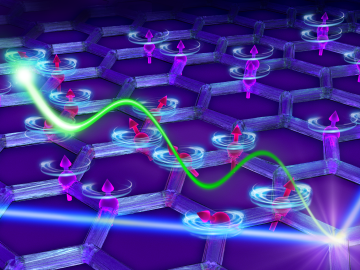
Neutron scattering has revealed in unprecedented detail new insights into the exotic magnetic behavior of a material that, with a fuller understanding, could pave the way for quantum calculations far beyond the limits of the ones and zeros of a computer’s binary code. ...
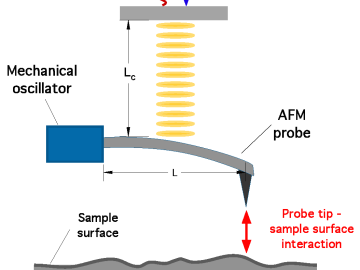
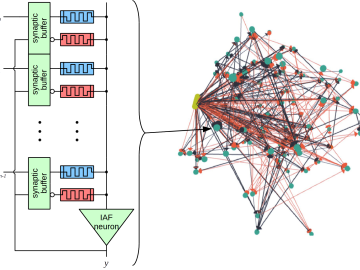
In a first for deep learning, an Oak Ridge National Laboratory-led team is bringing together quantum, high-performance and neuromorphic computing architectures to address complex issues that, if resolved, could clear the way for more flexible, efficient technologies in intelligent computing.
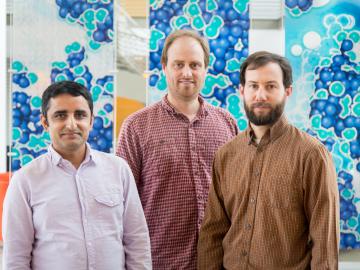
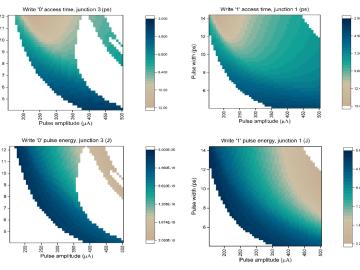
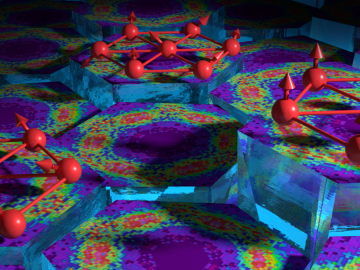
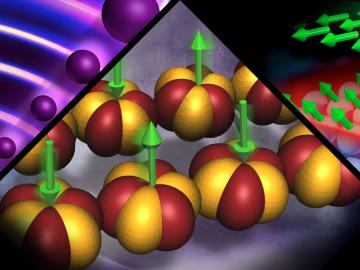
The theories recognized with this year’s Nobel Prize in Physics underpin research ongoing at the Department of Energy’s Oak Ridge National Laboratory, where scientists are using neutrons as a probe to seek new materials with extraordinary properties for applications such as next-generation electronics, superconductors, and quantum computing.




